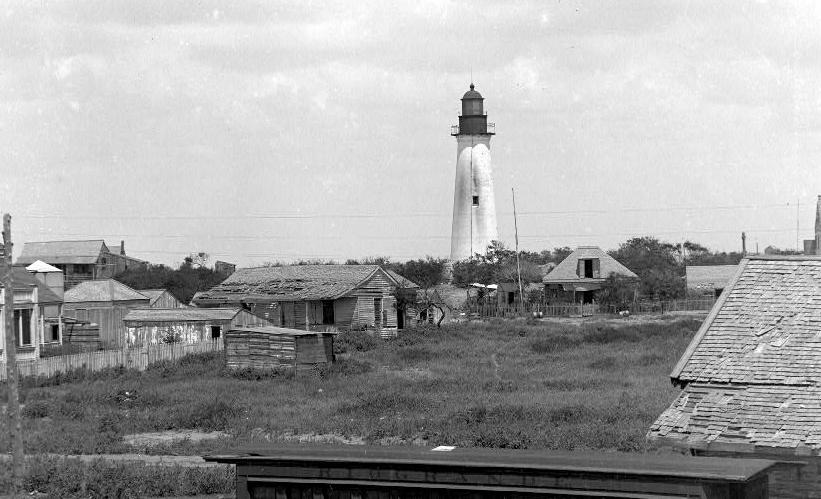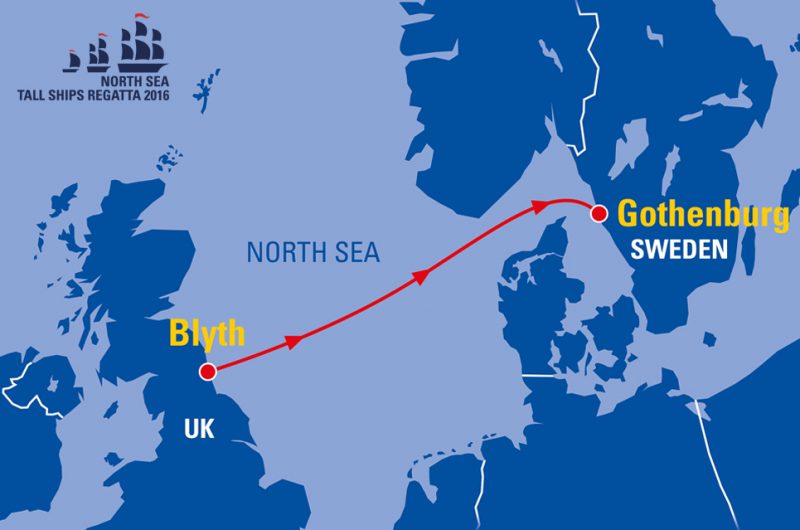


In Northern California, the port of Oakland experienced heavy congestion in Q2 2021, after which queues disappeared when carriers slashed services. It is 9% higher that the capacity of ships waiting offshore at the end of November (745,305 TEUs) and 28% higher than capacity off LA/LB at the beginning of November (637,329 TEUs). To put that in perspective, that is 6% higher than the combined imports of Los Angeles and Long Beach in the entire month of November. The vessels waiting for LA/LB berths on Thursday (including container ships and general cargo ships with containers aboard) had an aggregate capacity of 815,958 twenty-foot equivalent units, according to Marine Exchange data. 24, when online searches for the term “supply chain” peaked and the ports of Los Angeles and Long Beach announced a new Biden administration-backed congestion fee plan.īecause ships vary widely in size, a more telling indicator than the number of ships is total capacity of vessels in the queue. There were more than three times as many container ships waiting for LA/LB berths as there were at the same time last year, 11.6 times more than on June 24 (the low point for last year), and 31% more than on Oct. Chart: American Shipper based on data from Marine Exchange of Southern California Ship-positioning data from MarineTraffic confirms that most of these vessels are off the Baja peninsula. On Thursday, only 16 were in port waters (within 40 miles of Los Angeles and Long Beach) and 89 were loitering or slow steaming outside the newly designated Safety and Air Quality Zone, which extends 150 miles to the west of the ports and 50 miles to the north and south. Ships waiting off SoCal tripleĪ record 105 container ships were waiting for berths in Los Angeles and Long Beach on Thursday and Friday, according to data from the Marine Exchange of Southern California. terminals, and the number of container ships waiting for berths in Southern California has - yet again - hit a new high. The holiday rush may be over, but the offshore traffic jam of container ships is still getting worse, and the volume of inventory on the water (thus unavailable for sale) is still increasing.Īs 2022 begins, import volumes remain very strong ahead of China’s Lunar New Year holiday, concerns are mounting about omicron-induced dockworker shortages at U.S. Supply chain pressures are trending in the opposite direction of Google searches. Chart: American Shipper based on data from Google Searches for both terms then faded back to normal in November. Searches for the term “supply chain” peaked in the third week of October, up 194% from the beginning of last year.

Google searches for the term “port congestion” were up 376% from the beginning of 2021 in the second week of October. Holiday sales were up 11% from 2019, pre-COVID.Ĭonsumer fears of a holiday shortage appear to have spiked in October, then pulled back as concerns lessened. Goods were brought in early and shoppers shopped early.
#Ships waiting to port map upgrade
I would like to upgrade and want to get the Port Congestion subscription.America made it through Christmas without too many bare shelves, despite historic port congestion.The carrier service reports generated by the platform could help you identify the most reliable service providers.Predictive updates on delays and ETAs based on on-ground developments and data analytics can better equip the logistics team with actionable insights.With live updates on the exact location and movement of shipments via advanced track and trace technology, companies will be able to address possible bottlenecks and optimize shipment planning.With the help of proprietary machine learning algorithms, GoComet’s Port Delay smart tool calculates delays at major ports across the globe and automatically notifies the company of the uncertainties affecting their shipments.Keeping stakeholders informed about the changes in arrival timings, delays in transshipment, etc., became increasingly difficult due to a lack of reliable information on port delays and inefficiencies in tracking updates. Adding to this, a lack of visibility over space availability and changes in lead times complicate shipment planning. As vessels queue outside ports and turnaround times increase, it could be a real challenge to secure cargo space. Prolonged port delays can disrupt production cycles, thus causing an impact on the delivery schedules.


 0 kommentar(er)
0 kommentar(er)
